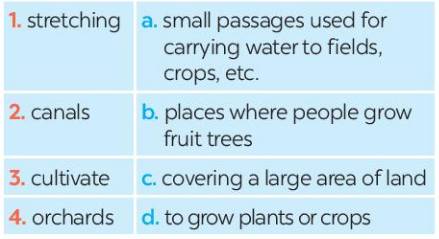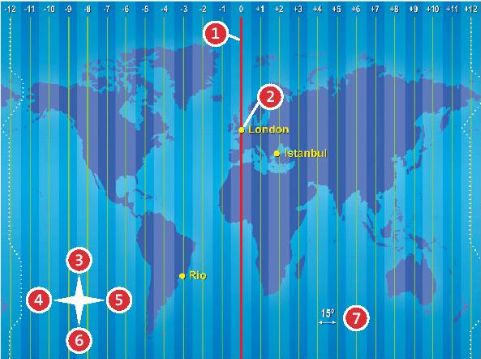2. Read the text and circle the correct meanings of the highlighted words.
(Đọc văn bản và khoanh tròn nghĩa đúng của các từ được đánh dấu.)
Since UNICEF set up an office in 1975 in Viet Nam, it has run projects in various fields to provide the highest possible support for children in our country. The organisation particularly aims to create opportunities for all children in Viet Nam to attend school, learn and succeed. The following programmes help achieve the UNICEF's education aims for Viet Nam.
Education for Disadvantaged Young People
UNICEF helps disadvantaged teenagers continue their education by offering them job training and career advice. They are also taught essential skills for the job market.
Providing Education Opportunities for Children with Disabilities
This programme gives children with disabilities a chance to get access to and benefit from a quality education. It also helps promote equal participation in society and a culture in which people respect each other.
Improving Learning Achievements
This is another practical programme supported by UNICEF. The aim is to better prepare children for the challenges in the future. UNICEF helps Viet Nam in joining regional educational programmes to improve children's learning achievements. When they leave school, they should have the necessary skills and knowledge to work in a fast-changing world.
1. create
a. make something happen
b. increase something
c. refuse something
2. essential
a. usual
b. necessary
c. successful
3. respect
a. have a good opinion of somebody
b. look down on somebody
c. get on well with somebody
4. practical
a. connected with organisations
b. connected with ideas
c. connected with real situations






1. a
2. b
3. a
4. c
1. a
2. b
3. a
4. c
1. create (v): tạo ra
a. make something happen
(làm cho một cái gì đó xảy ra)
b. increase something
(tăng cái gì đó)
c. refuse something
(từ chối điều gì đó)
2. essential (adj): cần thiết
a. usual
(thường)
b. necessary
(cần thiết)
c. successful
(thành công)
3. respect (v): tôn trọng
a. have a good opinion of somebody
(có quan điểm tốt về ai đó)
b. look down on somebody
(khinh thường ai đó)
c. get on well with somebody
(có mối quan hệ tốt với người nào đó)
4. practical (adj): thực tiễn
a. connected with organisations
(kết nối với các tổ chức)
b. connected with ideas
(kết nối với các ý tưởng)
c. connected with real situations
(kết nối với các tình huống thực tế)